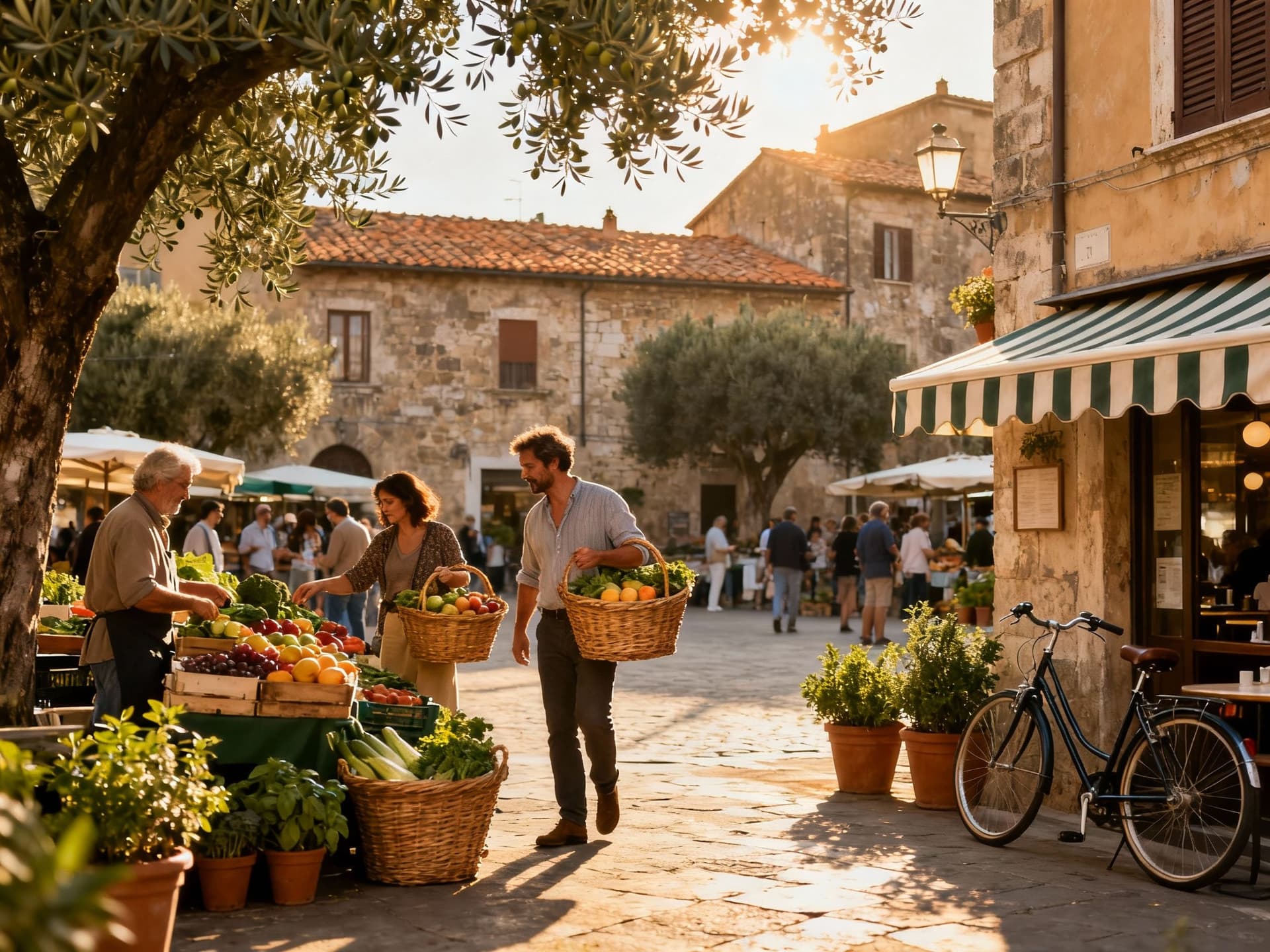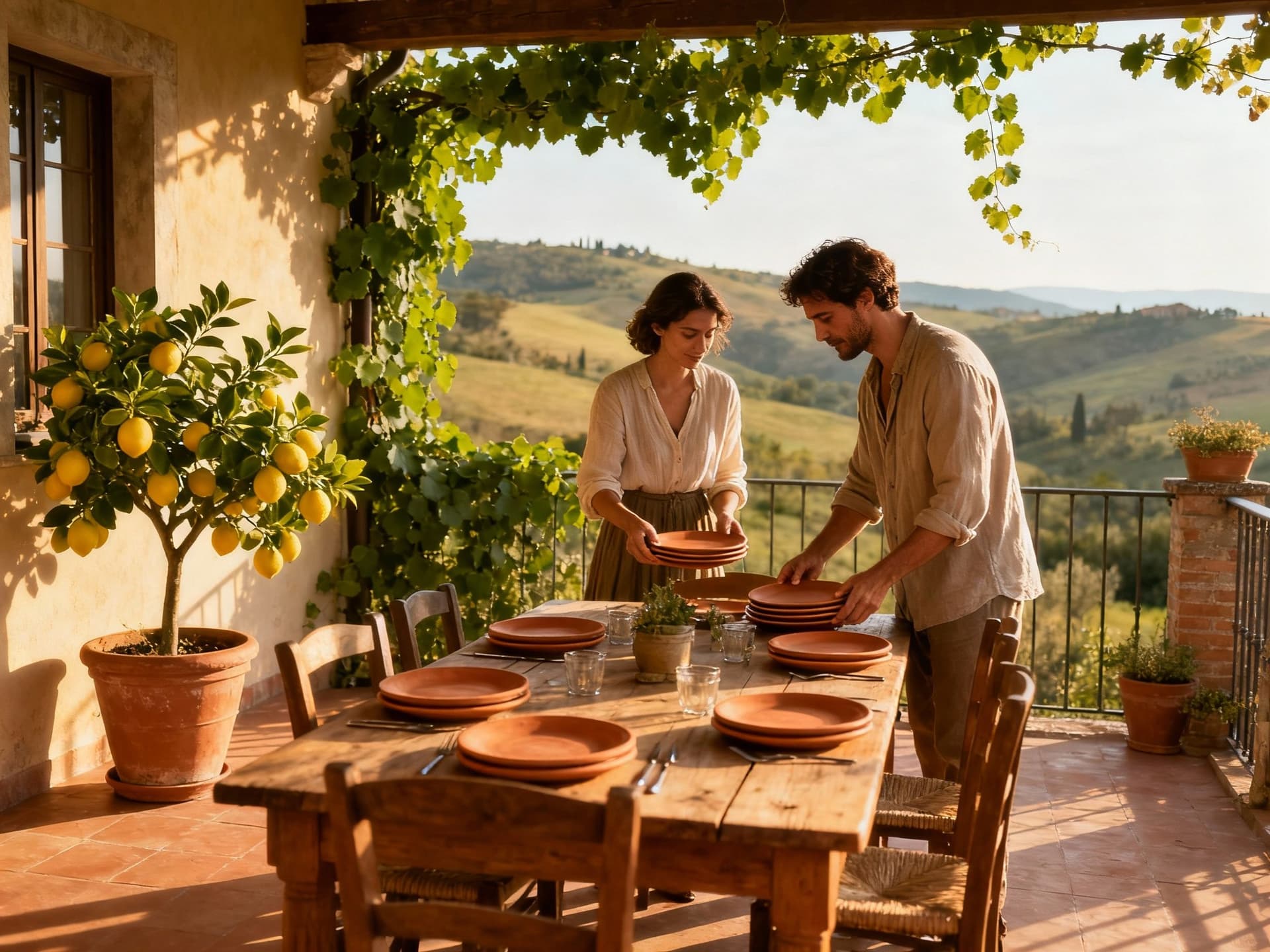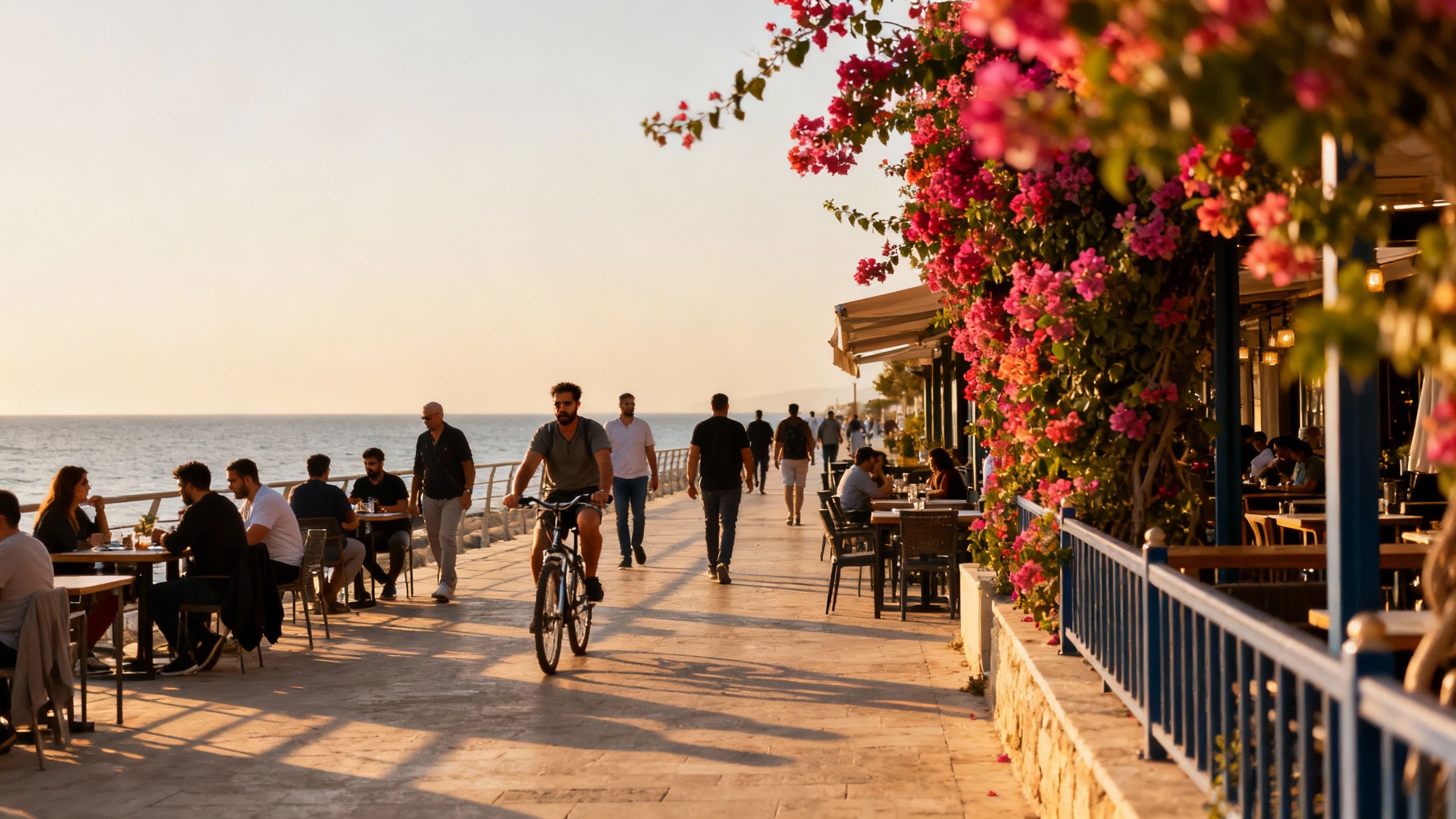Italy’s Green Pulse: How Renewables Shape Life & Buying
Italy’s rhythm of food, seasons and heritage now runs with a quieter current: fast-growing renewables and local green plans that reshape where and how you buy.
Imagine waking to a bakery bell on a narrow street in Lucca, then driving through sunlit olive groves toward a farmhouse that quietly powers itself with rooftop panels and a small battery. In Italy the romance of stone and sea now runs alongside an unexpected hum: the rise of local renewables, community energy projects and region-led green infrastructure that change what owning a home here feels like — and what it costs.
Living the Italy lifestyle: seasons, streets and sunlight

Italy is a country of visible rhythms: market mornings in Palermo, aperitivo at sunset on Milan’s Navigli, cicadas in summer in rural Marche. For the eco-minded buyer, that rhythm includes how the landscape generates power — terraces of solar on roofs in Puglia, river-fed hydro in the Alps, and pockets of community wind projects on coastal ridgelines. Those energy patterns shape the daily life you’ll live: morning coffee warmed by a home heated with local biomass, or a terrace lit at dusk by LED lighting charged from your own panels.
Neighborhood pulse: coastal villages, hill towns, and city quarters
Pick a place and you pick a tempo. In Liguria’s Cinque Terre and along the Amalfi Coast mornings smell of sea salt and espresso, neighborhoods are threaded with tiny grocers and fishermen’s stalls; many terraces are being fitted with discreet PV to avoid spoiling historic facades. In Tuscany’s Val d’Orcia and Umbria, mornings mean market stalls and pastoral quiet — properties here often come with gardens, orchards and space for small-scale renewables and vegetable plots. Cities like Bologna and Turin thrum with cycle lanes, co‑ops and urban solar on low-rise blocks.
Food, ritual and the green routine
Weekends in Italy revolve around food and place: local markets in Campo de' Fiori (Rome) or Piazza Santo Spirito (Florence), harvesting chestnuts in autumn, or an evening of shared seafood on the coast. Those rituals make sustainable features matter — a dry, shaded pantry for preserving produce, a south-facing courtyard for winter sun, or a cistern to collect rainwater for the garden. Practical green living becomes woven into pleasure.
- Lifestyle highlights: markets, beaches and slow rituals
- Morning espresso at Caffè Gilli (Florence) or a market visit to Mercato Centrale — local food scenes that reward a kitchen garden and good storage.
- Sea-to-table dinners in Sicily’s Ortigia or fishing villages of Sardinia — coastal properties benefit from passive cooling and modest rooftop PV.
- Hill-town promenades in towns like Montepulciano — historic homes where sympathetic retrofits (insulation, heat pumps) preserve character while lowering bills.
Making the move: practical considerations where green infrastructure matters

Italy’s grid is changing fast: Terna reports a rapid rise in installed renewables (about 76.6 GW at end‑2024) and record renewable generation that covered roughly 41% of demand in 2024. That matters for buyers because local generation affects energy costs, incentives for rooftop PV and storage, and long‑term resilience — especially in rural areas or islands where grid connections and storage shape how independent your home can be. Planning a purchase today means reading both property deeds and local energy maps.
Property styles and how they fit a green life
From stone casali to modern penthouses, each type offers different green advantages. A rural casale usually gives space for solar arrays, wood boilers and vegetable gardens; a city apartment benefits from district heating, co‑op rooftop PV and efficient retrofits. Look beyond aesthetics: ask whether the roof orientation supports PV, whether thermal mass suits the climate, and if water catchment or greywater systems are feasible.
Work with agencies who know places — and permits
Local agencies that understand both heritage rules and green permitting will save you time. Regional decrees now push local authorities to identify suitable zones for renewables — but rules differ by region and sometimes ban solar on agricultural land. A place‑savvy agent will know which towns are open to modest rooftop upgrades, where community energy co‑ops operate, and which municipalities fast‑track green retrofits.
- Steps to match lifestyle with green reality
- Visit in the season you expect to live there — check winter heating needs and summer ventilation.
- Ask for roof orientation, recent energy bills, and any connection requests to the local grid; use Terna’s regional maps where possible.
- Talk to the municipality about permits for panels, heat pumps and cisterns — heritage towns often require adaptation plans.
Insider knowledge: expats’ truths and surprising trade‑offs
Expat buyers often arrive with romantic ideas — a restored farmhouse with total energy independence — and find a patchwork reality: excellent rooftop potential, strong incentives for small-scale PV, but slow large‑scale permitting and local rules preserving agricultural land. The trade‑off is practical: you can create a comfortable, low‑impact home, but large utility-scale projects are still limited by landscape protection and regional planning choices.
Culture, language and community rhythms
You’ll find warmth and slow timings: shops that close for riposo, councils that prefer in-person meetings, and neighbours who share olive oil or advice. Learning a few phrases and showing respect for seasonal rhythms opens doors — and local relationships make it easier to navigate permits, electricians and craftsmen for sustainable retrofits.
Long-term lifestyle: stewardship beyond purchase
Owning in Italy is a long conversation with place. Think beyond immediate comforts to soil health, water access and neighborhood energy plans. Join local associations, plant native species, and favour materials and tradespeople who understand traditional techniques — these choices keep houses beautiful and resilient for the long run.
- Practical red flags to watch for
- Missing energy documentation (no recent bills or appliance data) — ask for 2–3 years of usage records.
- Heritage restrictions that block modest green upgrades — confirm with the soprintendenza before bidding.
- Unconnected or fragile grid supply in remote islands or mountain villages — consider storage and backup solutions.
Conclusion: Italy as a living choice — beauty with responsibility
Italy offers a rare mix: sensory, seasonal life and an accelerating green infrastructure that can make ownership both joyful and lower-impact. Start by visiting in the season you’ll live there, bring questions about energy and water to viewings, and work with a local agent who reads both piazzas and permits. Done thoughtfully, buying in Italy means investing in a home that joins a landscape, not just occupies it.
Dutch property strategist who helped 200+ families find sustainable homes in southern Europe; expert in legal pathways and long-term stewardship.


